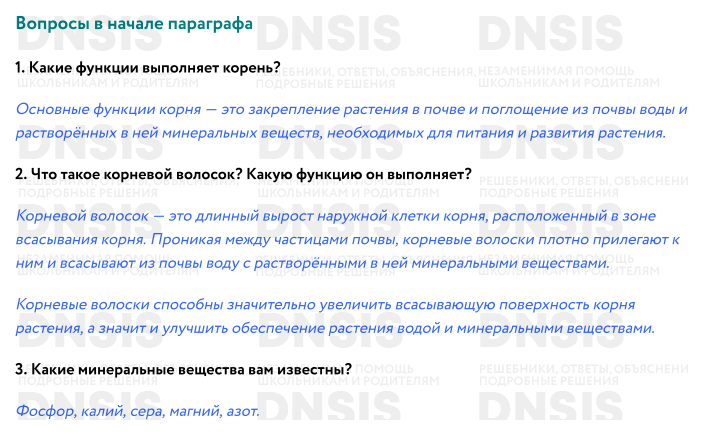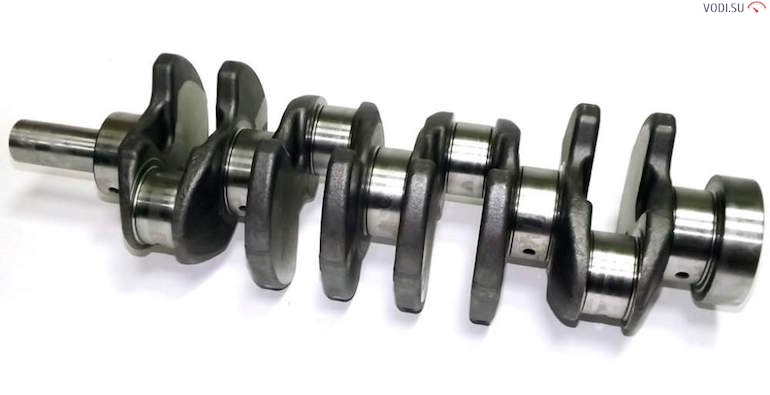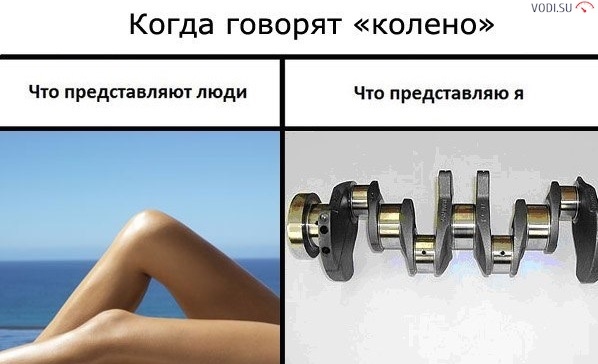
what is it and what function does it perform?
The internal combustion engine is the heart of any modern car.
This unit consists of several main elements:
- cylinders;
- pistons;
- crankshaft;
- flywheel.
Together they form a crank mechanism. The crank, also known as the crankshaft (Crank Shaft) or simply - the crankshaft, performs a very important function - it converts the translational movement created by the pistons into torque. When the arrow on the tachometer approaches 2000 rpm, this indicates that the crankshaft is making exactly that number of revolutions. Well, then this moment is transmitted through the clutch to the transmission, and from it to the wheels.

Устройство
As you know, the pistons in the engine move unevenly - some are at top dead center, others at the bottom. The pistons are connected to the crankshaft with connecting rods. To ensure such an uneven movement of the pistons, the crankshaft, unlike all other shafts in the car - primary, secondary, steering, gas distribution - has a special curved shape. That is why he is called a crank.
Essential elements:
- main journals - located along the axis of the shaft, they do not move during rotation and are located in the crankcase;
- connecting rod journals - offset from the central axis and describe a circle during rotation, it is to them that the connecting rods are attached to the connecting rod bearings;
- shank - a flywheel is fixed on it;
- sock - a ratchet is attached to it, with which the timing drive pulley is screwed - a generator belt is put on the pulley, it, depending on the model, rotates the blades of the power steering pump, the air conditioning fan.
Counterweights also play an important role - thanks to them, the shaft can rotate by inertia. In addition, oilers are drilled in the connecting rod journals - oil channels through which engine oil enters to lubricate the bearings. In the engine block, the crankshaft is mounted using main bearings.
Previously, prefabricated crankshafts were often used, but they were abandoned, because due to the intensive rotation at the junctions of the components, huge loads arise and not a single fastener can withstand them. Therefore, today they mainly use full-support options, that is, cut from one piece of metal.
The process of their production is quite complicated, because it is necessary to ensure microscopic accuracy, on which the performance of the engine will depend. In production, complex computer programs and laser measuring equipment are used, which can determine the deviation literally at the level of hundredths of a millimeter. Also of great importance is the exact calculation of the mass of the crankshaft - it is measured to the last milligram.

If we describe the principle of operation of the crankshaft, then it fully corresponds to the valve timing and cycles of a 4-stroke internal combustion engine, which we have already talked about on Vodi.su. That is, when the piston is at its highest point, the connecting rod journal articulated with it is also above the central axis of the shaft, and as the shaft rotates, all 3-4, or even 16 pistons move. Accordingly, the more cylinders in the engine, the more intricate the shape of the crank.
It is difficult to imagine what size the crankshaft has in the engine of mining trucks, which we also talked about on our website Vodi.su. For example, BelAZ 75600 has an engine with a volume of 77 liters and a power of 3500 hp. Powerful crankshaft drives 18 pistons.

Crankshaft grinding
The crankshaft is a very expensive thing, however, due to friction, it eventually becomes unusable. In order not to buy a new one, it is polished. This work can only be performed by high-class turners who have the appropriate equipment.
You will also need to purchase a set of repair connecting rod and main bearings. Inserts are sold in almost any parts store and go under the designations:
- H (nominal size) - correspond to the parameters of the new crank;
- P (P1, P2, P3) - repair liners, their diameter is several millimeters larger.
Based on the size of the repair liners, the turner-minder accurately measures the diameter of the necks and adjusts them to fit the new liners. For each model, the pitch of the repair liners is determined.

You can extend the life of the crankshaft by using high-quality engine oil and changing it in a timely manner.
Loading…
